Unlock your creative potential with our comprehensive guide to the easiest artistic techniques for beginners. Whether you’re a seasoned artist looking to refine your skills or a complete novice eager to dip your toes into the world of art, this step-by-step guide offers a wealth of insights and practical advice. Discover how to master fundamental art techniques, experiment with diverse mediums, and unlock your inner artist through simple yet effective methods. From learning the basics of sketching and coloring to exploring various art forms, this guide is designed to make art accessible and enjoyable for everyone. Dive in and embark on your artistic journey today!
Key Takeaways
- Master Fundamental Art Techniques: Begin your artistic journey by grasping essential skills like drawing from life and understanding anatomy.
- Practice Drawing from Life: Sharpen your observational skills to improve spatial awareness and proportional accuracy.
- Learn Basic Anatomy: Gain a solid foundation in human structure for realistic figure depiction.
- Understand Color Theory: Use the color wheel to evoke emotions and enhance visual appeal in your artwork.
- Observe Details: Pay attention to textures and patterns to add depth and character to your creations.
- Work on Contour and Edges: Develop the ability to render shapes convincingly, crucial for three-dimensional representations.
- Experiment with Media: Discover your unique style by exploring various tools and surfaces.
- Examine Existing Work: Identify recurring themes to uncover your artistic direction and style.
- Explore Various Art Forms: Expand your creativity through mediums like painting, digital art, and sculpture.
- Study Influential Artists: Analyze the techniques and palettes of admired artists to inspire your own style.
- Engage in Creative Exercises: Challenge yourself with structured activities to unlock new creative potential.
- Seek Feedback: Gain valuable insights into your art style and growth opportunities from mentors or peers.
- Define Core Messages: Align your artistic expression with your personal themes and stories.
- Start with Simple Shapes: Build spatial awareness using basic geometric forms.
- Draw Everyday Objects: Practice proportions and perspective with familiar subjects.
- Experiment with Abstract Art: Express yourself freely without the constraint of realism.
- Create Patterns and Textures: Enrich your work with visual interest through repeating elements.
- Practice Lettering and Words: Develop symmetry and letterform skills for enhanced creativity.
- Sketch Nature Elements: Utilize recognizable subjects for effective practice sessions.
- Begin with Light Sketches: Establish subject structure gently, then build upon it.
- Add Shadows and Highlights: Introduce depth and realism to your drawings.
- Focus on Shading: Elevate your work by mastering tone and contrast techniques.
- Try Different Perspectives: Expand your skills by exploring various viewing angles.
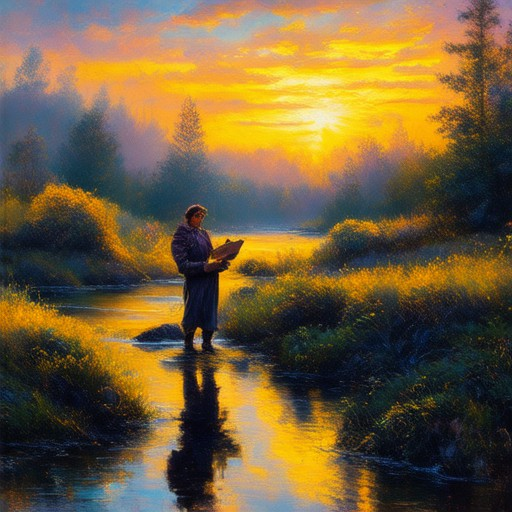
The Easiest Art Technique
The simplest art technique involves focusing on basic shapes and patterns to create a meditative and enjoyable experience. Here’s how you can master it:
- Start Small: Begin with a blank canvas or paper and choose a single color palette, ideally sticking to two complementary colors for simplicity.
- Choose Shapes:** Select a primary shape, such as a circle or triangle, and place it in the center of your canvas. This serves as your focal point.
- Add Patterns:** Use dots, lines, or small circles to surround your central shape. Arrange them in a pattern that feels natural and flowing.
- Vary Sizes and Spacing:** To add interest, vary the size and spacing of your added elements. This creates movement and rhythm without complexity.
- Keep It Monochromatic:** Work with a limited palette to focus on texture and form, allowing the shapes to stand out against the background.
This technique is perfect for those seeking a stress-free creative outlet. It allows for endless experimentation and customization, making it accessible to everyone. Whether you’re hanging your work on the fridge or sharing it online, the result is a unique and personal expression of your journey.
The 5 Cs of Art
The concept of the “5 Cs of Art” is often used to describe the essential elements that define the art world and its practices. These Cs provide a framework for understanding the dynamics of art creation, appreciation, and cultural impact. Below is a detailed breakdown of each component:
- Collection : A collection refers to the gathering and ownership of art pieces. Personal collections allow individuals to curate their own unique showcases, while public collections, such as those in museums, preserve and display artwork for broader access. Digital platforms have made collecting art more accessible, enabling people to build virtual collections and explore diverse artistic movements.
- Community : The art community encompasses the collective body of artists, collectors, dealers, critics, and institutions that contribute to the art world. Online forums, social media groups, and art fairs provide opportunities for artists to connect, share ideas, and collaborate. Building a strong community fosters innovation and supports emerging talents.
- Culture : Art is deeply intertwined with cultural identity. Different cultures have unique artistic expressions, from traditional paintings to modern installations. The globalized nature of contemporary art allows for cross-cultural dialogue, blending styles and perspectives that challenge and enrich traditional norms. Cultural exchange often drives artistic evolution and expands the boundaries of what is considered art.
- Collaboration : Artists frequently work together, either as part of collaborative projects or through partnerships with galleries, museums, or other entities. Collaborative efforts can lead to innovative works and provide opportunities for artists to learn from each other. Such collaborations also benefit institutions by bringing diverse perspectives to their exhibitions and programs.
- Creativity : At the core of art lies creativity—the ability to think critically, imagine, and express ideas visually. Creativity is both a personal journey and a reflection of cultural values. Over time, technological advancements have expanded the mediums through which creativity is expressed, offering new avenues for artists to experiment and innovate.
By understanding these five components, we gain insight into the multifaceted nature of art and its role in shaping societies. Each element contributes uniquely to the art ecosystem, ensuring its continued relevance and evolution.
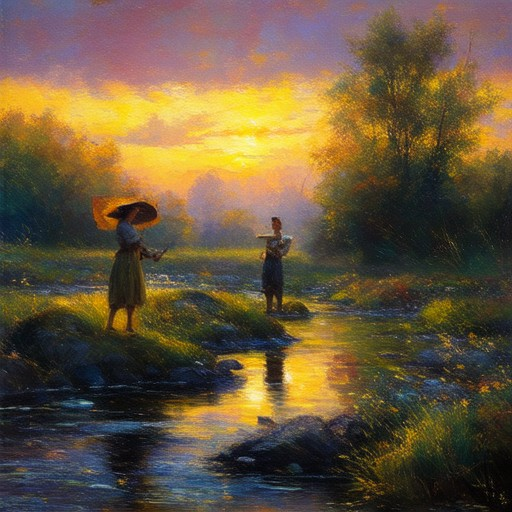
What Are the 7 Different Forms of Art?
The traditional subdivision of the arts encompasses a diverse range of creative expressions. Here’s a breakdown of the major forms:
- Visual Arts
- Painting: A timeless medium where artists use brushes, colors, and canvas to create imagery.
- Sculpture: Three-dimensional art created through carving, casting, or assembling materials.
- Photography: Capturing moments through film or digital technology to produce still images.
-
Performing Arts
- Dance: Expressing emotion and stories through movement and rhythm.
- Music: Creating sound and compositions using instruments, vocals, or electronic tools.
- Theatre: Combining acting, singing, and performance to tell narratives.
-
Literary Arts
- Writing: Conveying ideas and emotions through prose, poetry, or scripts.
- Spoken Word: Performing written words with emotion and delivery.
-
Applied Arts
- Architecture: Designing structures and spaces that are functional and aesthetically pleasing.
- Design: Creating visual solutions for products, branding, and interior spaces.
-
Digital Arts
- Digital Painting: Using software to create artwork traditionally or with innovative effects.
- Digital Sculpting: Manipulating 3D models digitally for artistic expression.
- Video Art: Telling stories or exploring themes through moving image sequences.
-
Installation Art
- Large-scale art pieces designed to interact with their environment, often temporary or site-specific.
-
Crafts
- Handmade objects and artifacts made from materials like wood, metal, glass, or fabric, ranging from functional items to decorative pieces.
Each form of art offers unique ways to express creativity and inspire audiences, contributing to the rich tapestry of human culture. Explore these art forms on Artful Journey to discover tips, techniques, and inspiration for your own artistic journey.
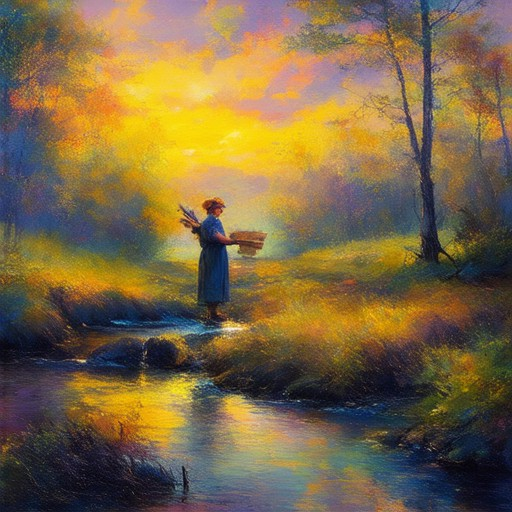
What is the First Thing a Beginner Artist Should Learn?
As an artist, the journey begins with understanding the fundamentals that lay the groundwork for your creativity. Here are the key concepts to master first:
- Drawing from Life : Start by observing the world around you. Sketching live subjects helps you grasp spatial relationships and proportions, which are vital for any artistic representation.
- Anatomy Basics : Familiarize yourself with the human form. Understanding bones, muscles, and movement will give you a solid framework for depicting figures accurately.
- Color Theory : Learn the principles of color, such as the color wheel and complementary colors. This knowledge enhances your ability to convey emotion and create visually appealing works.
- Detail Observation : Pay attention to textures, patterns, and subtle details. These elements add depth and character to your creations, making them more engaging.
- Contour and Edges : Master the art of defining shapes and forms. This skill is foundational for rendering three-dimensional objects convincingly on a flat surface.
- Shading and Contrast : Practice creating depth and dimension through shadows and highlights. This technique brings your artwork to life and adds realism.
- Experiment with Media : Explore various tools and surfaces to discover your preferred medium. This experimentation helps you develop a unique style tailored to your artistic vision.
How to Find Your Art Style
Determining your unique art style can be a rewarding journey of self-discovery. Here’s a structured approach to help you identify and refine your artistic expression:
- Examine Your Existing Work Look at pieces you’ve created before. What colors, textures, and subject matters consistently appeal to you? Pay attention to recurring themes and styles that resonate most with you.
- Explore Different Art Mediums Experiment with various materials and tools. Whether it’s oil painting, digital art, sculpture, or photography, each medium can offer a fresh perspective and influence your style.
- Study Influential Artists Research artists whose work you admire. Analyze their techniques, color palettes, and subject choices to see how they might influence your own style while staying true to your unique vision.
- Engage in Creative Exercises Try structured exercises like still life painting, portrait sketches, or abstract compositions. These challenges can help you explore new directions and discover hidden talents.
- Seek Feedback and Guidance Share your work with trusted peers or mentors who can provide constructive criticism. Their insights can help you see your art style more clearly and highlight areas for growth.
- Reflect on Your Themes and Messages Consider the stories, emotions, or ideas you want to convey through your art. Understanding your core message can guide you in developing a style that authentically represents your vision.
Remember, your art style is a continuous evolution. Embrace experimentation and stay open to change while remaining true to your authentic self.
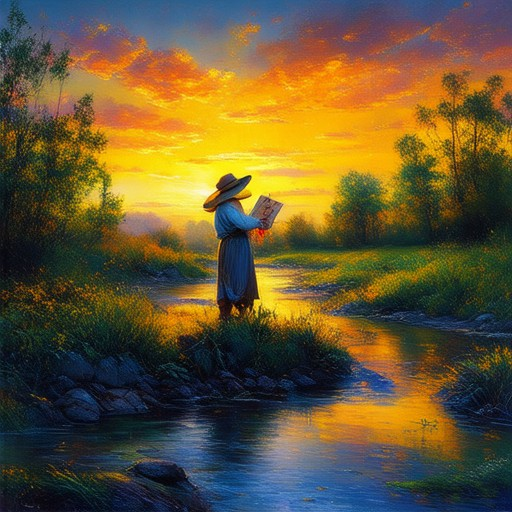
What is the Easiest Thing to Draw as a Beginner?
As a beginner, the easiest things to draw often involve simple shapes, familiar objects, or abstract concepts that don’t require advanced technique. Here are some suggestions:
- Simple Shapes: Start with basic geometric shapes like circles, squares, triangles, and rectangles. These are straightforward and provide a solid foundation for building spatial awareness.
- Common Objects: Draw everyday items like cups, bowls, chairs, or mugs. Their clean outlines and simple features make them ideal for practicing proportions and perspective.
- Abstract Art: Abstract art allows for freedom of expression. Begin with splashes of color, lines, or shapes without worrying about realism.
- Patterns and Textures: Create patterns using repetitive shapes or textures like stripes, dots, or waves. These exercises are both fun and rewarding.
- Letters and Words: Practice writing or drawing letters and words. This helps with understanding letterforms and symmetry.
- Nature Elements: Draw leaves, trees, or clouds. These are recognizable and offer a natural subject for practice.
Step-by-Step Drawing Guide
- Start with a sketch of your subject using light strokes.
- Add shadows and highlights to give depth to your drawing.
- Practice shading techniques to bring your drawings to life.
- Experiment with different perspectives, like sketching from a low angle or upside down.
Remember, progress takes time. Celebrate small victories and keep practicing!
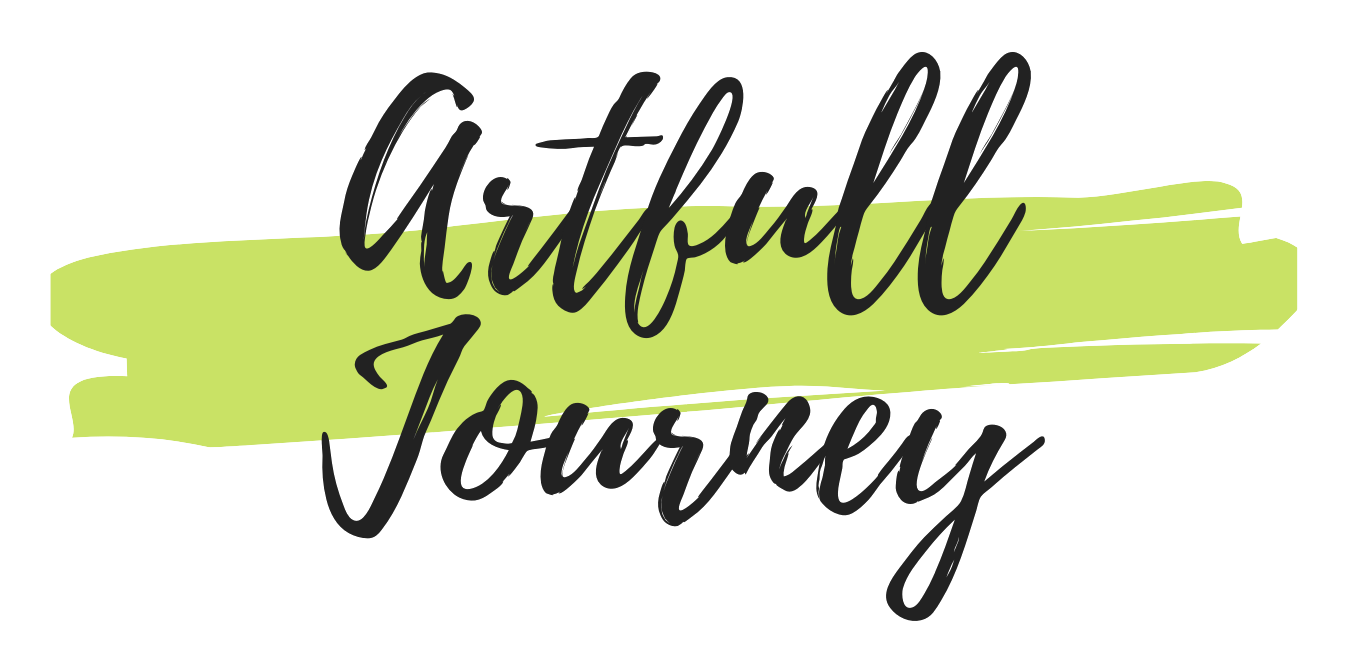



0 Comments